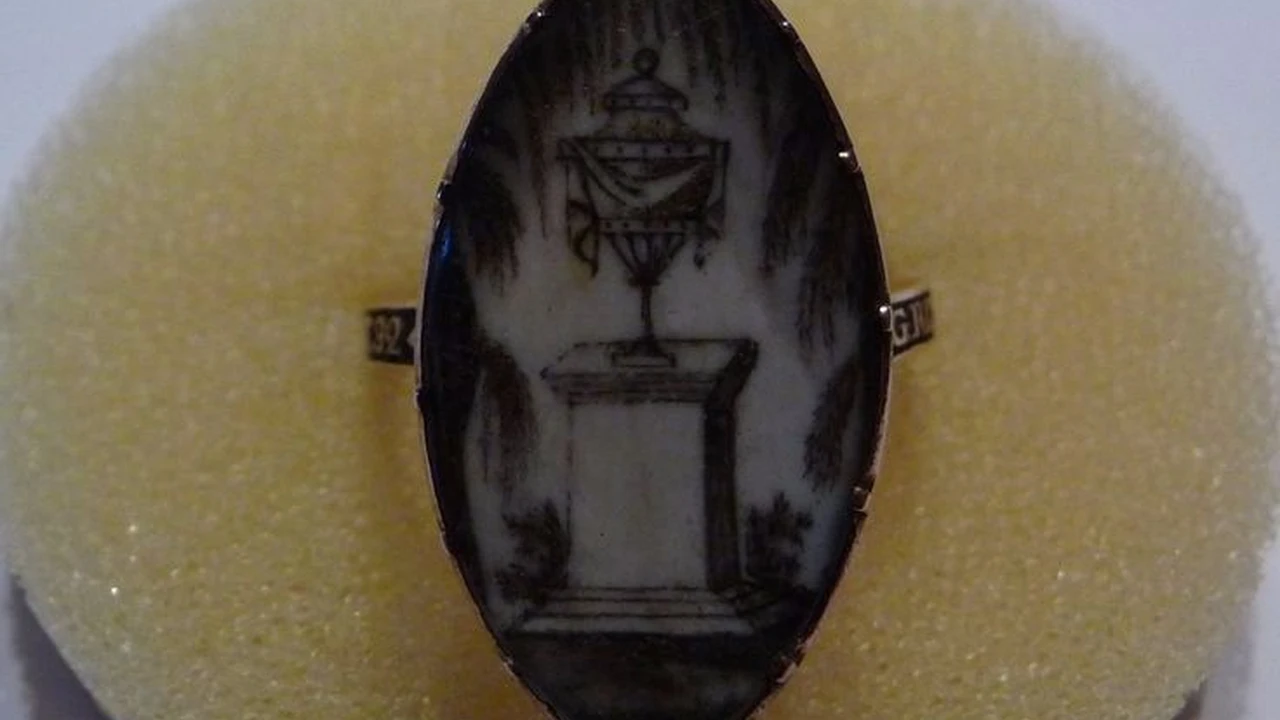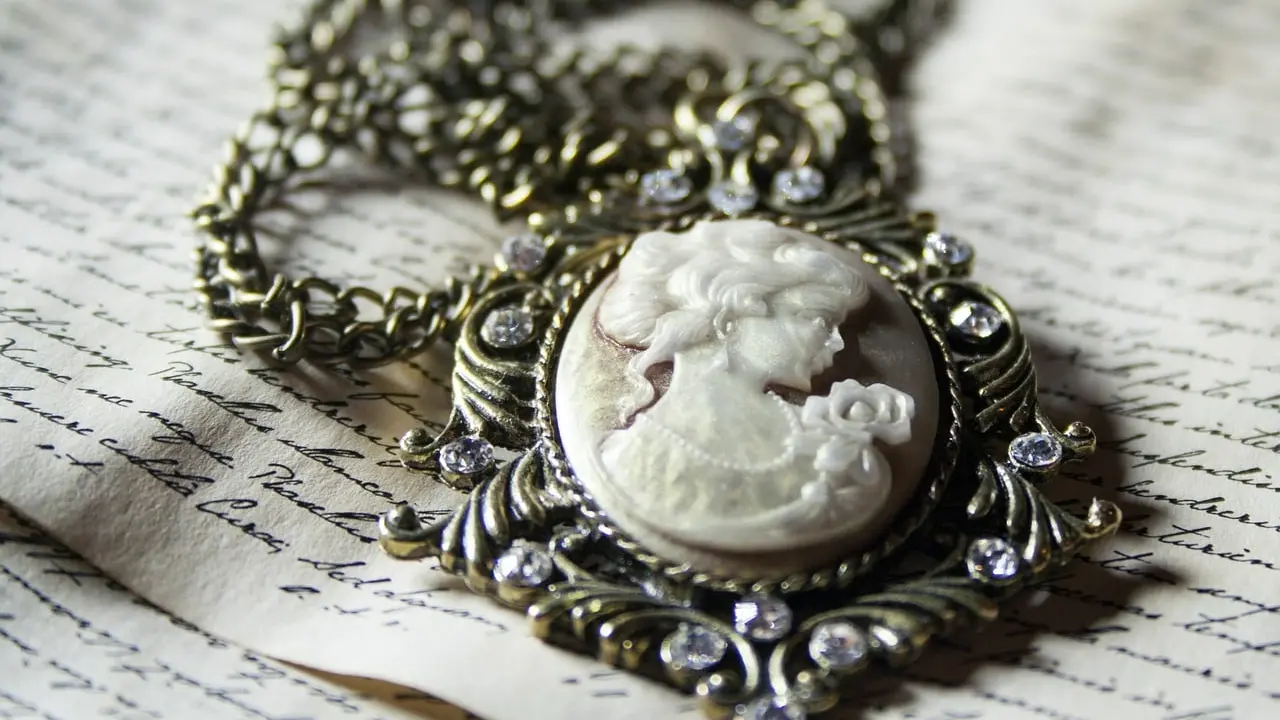Antique Gemstone Cuts Understanding Old European and Mine Cuts
Learn about antique gemstone cuts such as Old European and Mine Cuts Understand their unique characteristics and how they impact the value of antique jewelry.

Introduction to Antique Gemstone Cuts: Old European and Mine Cuts
Hey there, jewelry lovers! Ever wondered about the fascinating world of antique gemstone cuts? Specifically, the Old European Cut and the Old Mine Cut? These aren't just any cuts; they're windows into the past, reflecting a time when craftsmanship was king. Let's dive in and explore what makes these cuts so special and how they affect the value and beauty of antique jewelry.
What are Old Mine Cut Diamonds?
The Old Mine Cut, also known as the 'cushion cut' due to its shape, was popular from the early 18th century until the late 19th century. It was the precursor to the Old European Cut and was primarily used for diamonds sourced from the mines of Brazil and later, South Africa. These diamonds were cut by hand, using rudimentary tools and techniques, which gives them a unique and charming character.
Characteristics of Old Mine Cut Diamonds
So, what exactly defines an Old Mine Cut diamond? Here are some key features:
- Shape: Squarish or rectangular with rounded corners, resembling a cushion.
- Table: Small table facet compared to modern cuts.
- Crown: High crown (the top part of the diamond).
- Pavilion: Deep pavilion (the bottom part of the diamond).
- Culet: Large, often visible culet (the flat facet at the bottom of the diamond).
- Facet Arrangement: Facets are generally larger and less numerous than modern cuts.
These characteristics contribute to the diamond's distinct appearance. The high crown and deep pavilion cause the diamond to sparkle with a slightly different fire and brilliance than modern diamonds. The large culet, while sometimes seen as a flaw today, is a hallmark of the Old Mine Cut and adds to its antique charm.
Example Product: Antique Old Mine Cut Diamond Ring
Imagine a stunning Victorian-era ring featuring a 1.5-carat Old Mine Cut diamond. The diamond, with its warm, slightly yellowish tint (typical of older diamonds), is set in a handcrafted 18k gold mounting adorned with intricate filigree details. The ring exudes a romantic, old-world charm. You might find something like this at an antique jewelry store for around $8,000 - $12,000, depending on the diamond's quality and the setting.
What are Old European Cut Diamonds?
The Old European Cut emerged in the late 19th century and continued to be popular until the early 20th century. It's essentially a more refined version of the Old Mine Cut, incorporating advancements in cutting technology. This cut paved the way for the modern round brilliant cut that we know and love today.
Characteristics of Old European Cut Diamonds
Let's break down the key features of the Old European Cut:
- Shape: Rounder than the Old Mine Cut, but not perfectly round like modern diamonds.
- Table: Still small, but slightly larger than the Old Mine Cut.
- Crown: High crown, similar to the Old Mine Cut.
- Pavilion: Deep pavilion, also similar to the Old Mine Cut.
- Culet: Large, often visible culet.
- Facet Arrangement: More facets than the Old Mine Cut, but fewer than modern cuts.
The Old European Cut diamonds offer a balance between the old-world charm of the Mine Cut and the improved brilliance of more modern cuts. The higher crown and deep pavilion still contribute to a unique light performance, giving these diamonds a soft, romantic glow.
Example Product: Antique Old European Cut Diamond Pendant
Picture a delicate Edwardian-era pendant featuring a 0.75-carat Old European Cut diamond. The diamond, with its subtle sparkle, is set in a platinum pendant with intricate milgrain detailing and delicate openwork. The pendant hangs from a fine platinum chain, creating a timeless and elegant piece. A pendant like this could be priced between $4,000 and $7,000, depending on the diamond's quality, the metal used, and the craftsmanship.
Old Mine Cut vs. Old European Cut: Key Differences and Comparisons
Now, let's compare these two cuts side-by-side to highlight their differences:
| Feature | Old Mine Cut | Old European Cut |
|---|---|---|
| Shape | Squarish/Rectangular (Cushion) | Rounder |
| Table | Smaller | Slightly Larger |
| Facet Arrangement | Fewer facets | More facets |
| Overall Appearance | More rustic, less brilliant | More refined, slightly more brilliant |
When to choose Old Mine Cut: If you love a rustic, antique aesthetic and appreciate the unique character of handcrafted diamonds, the Old Mine Cut is a fantastic choice.
When to choose Old European Cut: If you prefer a slightly more refined look with improved brilliance while still retaining the charm of an antique cut, the Old European Cut is a great option.
Using Scenarios for Antique Gemstone Jewelry
Antique gemstone jewelry with Old Mine and Old European cuts can be used in a variety of scenarios. They add a touch of elegance and history to any outfit. Here are some ideas:
- Weddings: An Old European Cut diamond engagement ring is a stunning and unique choice for a bride who appreciates vintage romance.
- Formal Events: An Old Mine Cut diamond pendant or brooch can elevate a formal gown, adding a touch of old-world glamour.
- Everyday Wear: Smaller Old European Cut diamond earrings or a delicate pendant can be worn every day to add a touch of sophistication to your look.
- Gifts: Antique gemstone jewelry makes a thoughtful and meaningful gift for a loved one who appreciates history and beauty.
Pricing Considerations for Old European and Mine Cut Jewelry
Pricing for antique jewelry with Old European and Mine Cuts depends on several factors:
- Diamond Quality: Carat weight, color, clarity, and cut all play a significant role in determining the price.
- Metal: The type of metal used in the setting (gold, platinum, silver) affects the price.
- Craftsmanship: Intricate designs and handcrafted details add value to the piece.
- Age and Rarity: Older and rarer pieces are generally more expensive.
- Provenance: If the piece has a documented history or belonged to someone famous, it can command a higher price.
General Price Range: Expect to pay anywhere from a few thousand dollars to tens of thousands of dollars for antique jewelry with Old European and Mine Cuts, depending on the factors listed above.
Where to Find Antique Jewelry Featuring Old European and Mine Cuts
Finding authentic antique jewelry with these cuts requires some research and due diligence. Here are some reputable sources:
- Antique Jewelry Stores: Visit reputable antique jewelry stores in your area. Look for stores with experienced staff who can authenticate and appraise antique pieces.
- Online Auctions: Online auction sites like eBay and specialized antique jewelry auction sites can be a good source, but be sure to do your research and buy from reputable sellers.
- Antique Shows and Fairs: Attend antique shows and fairs to browse a wide selection of antique jewelry from various vendors.
- Estate Sales: Keep an eye out for estate sales in your area, as they can sometimes yield hidden gems.
Conclusion Alternatives
So, there you have it! A deep dive into the world of Old European and Old Mine Cut diamonds. These cuts are more than just shapes; they're pieces of history, each with its own unique story to tell. Whether you're a seasoned collector or just starting your journey into the world of antique jewelry, understanding these cuts will help you appreciate the beauty and value of these timeless treasures. Happy hunting!
:max_bytes(150000):strip_icc()/277019-baked-pork-chops-with-cream-of-mushroom-soup-DDMFS-beauty-4x3-BG-7505-5762b731cf30447d9cbbbbbf387beafa.jpg)






